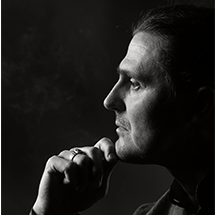3. Asana — comfortable and stable position of the body in relation to the environment, as well as a comfortable and stable position of the observer within his own body.
4. Pranayama — establishing the connection of the observer with the subtle levels of life energy currents and their control by mastering of the internal and subtle breath.
5. Pratyahara — detachment of sensory perception from external objects and drawing it inward, into the realm of subtle conscious processes.
6. Dharana — retaining attention on the chosen object of perception.
7. Dhyana — perception of an object on increasingly subtle level, when the observer, the process of observation and the object become one.
8. Samadhi — experience of the holistic state of the observer as a self-aware consciousness that abides in the connection with the highest Source perceived as a subtle all-consuming Light.
All limbs from 1 to 8 are presented in the order of progressing from external interactions to an increasingly intense and subtle state of self-awareness.
DETERMINING CONFORMITY
The levels of life perceived through LD and the steps practiced within AY have the same natural origin. Provided our assumption about the congruence of the approaches is correct, we will be able to determine to which LD span, in its sequence of 12 functional levels, the sequence of 8 AY steps most functionally relates.
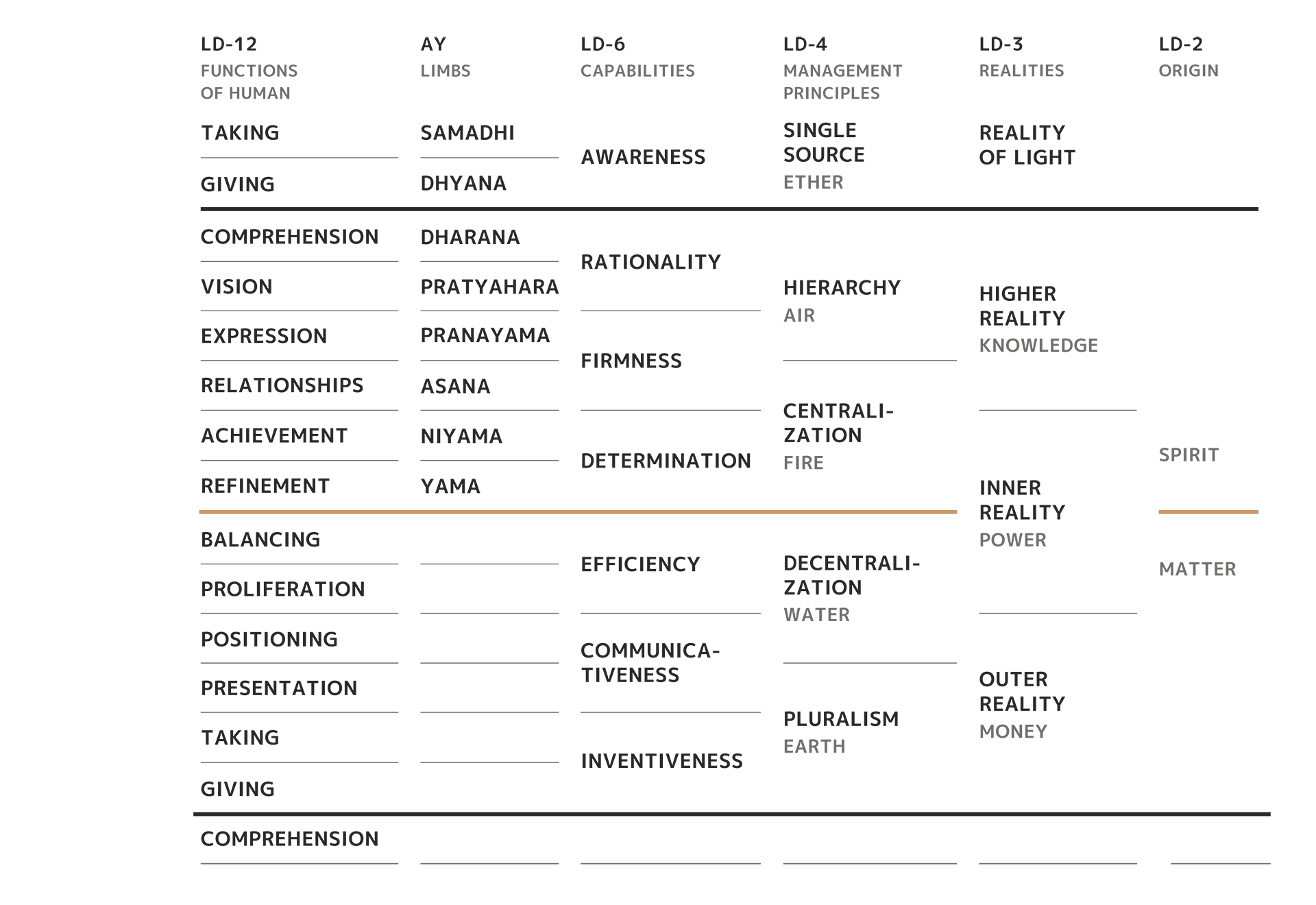
For a more systematic analysis, let's explore AY using the LD matrix itself:
1. Using the LD-2 scale, we determine whether AY relates more to the spiritual or to the material sphere of life. Clearly we have to attribute AY to spirituality.
2. On the LD-3 scale, we determine the positioning of AY in one of three realities. Being not a societal but a personal practice, AY begins in the inner reality of forces.
3. Using the LD-4, we determine the principle that the yogi should follow, when he starts his path from the very first step — the practice of yama. It is the principle of centralization in which peripheral elements are subordinate to the center. Then the yogi proceeds to the next steps, where higher principles apply.
4. Using the LD-6 scale, which determines the level of functional capability required for AY practice, we find it not lower than “Determination”, which in a project work corresponds to the “Leader” level.
5. Using the LD-12 scale, we finally determine the functional span for AY. It starts from the level of “Refinement”, rises to the top of our world system and with the last two steps goes into a higher fractal dimension, to its corresponding functions of “Giving” and “Taking”.
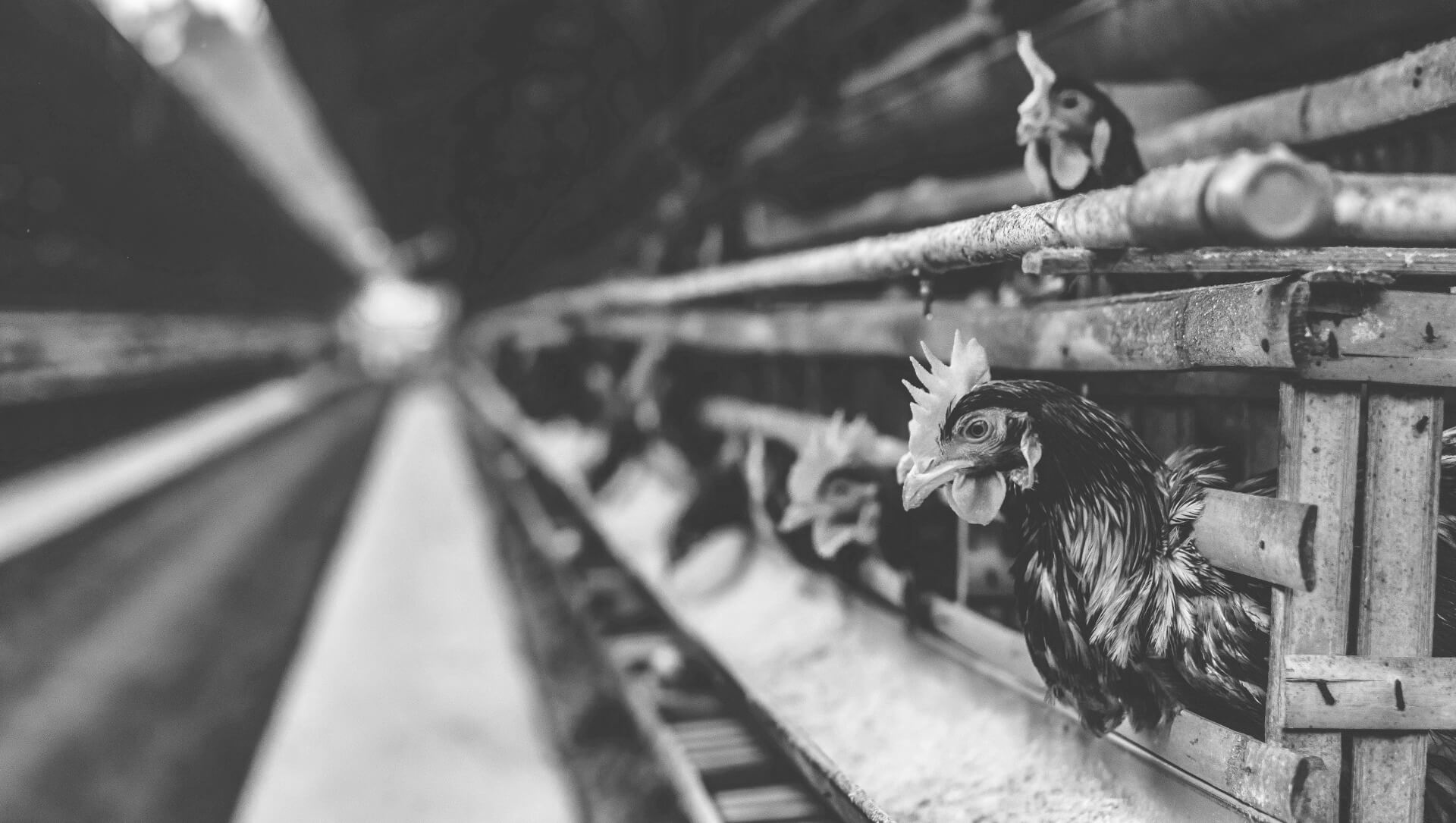
The potential of any individual is naturally concealed from him or her. Will our potential develop fully, or partially? Will it develop in a standard way, or will it take a very personal pattern?
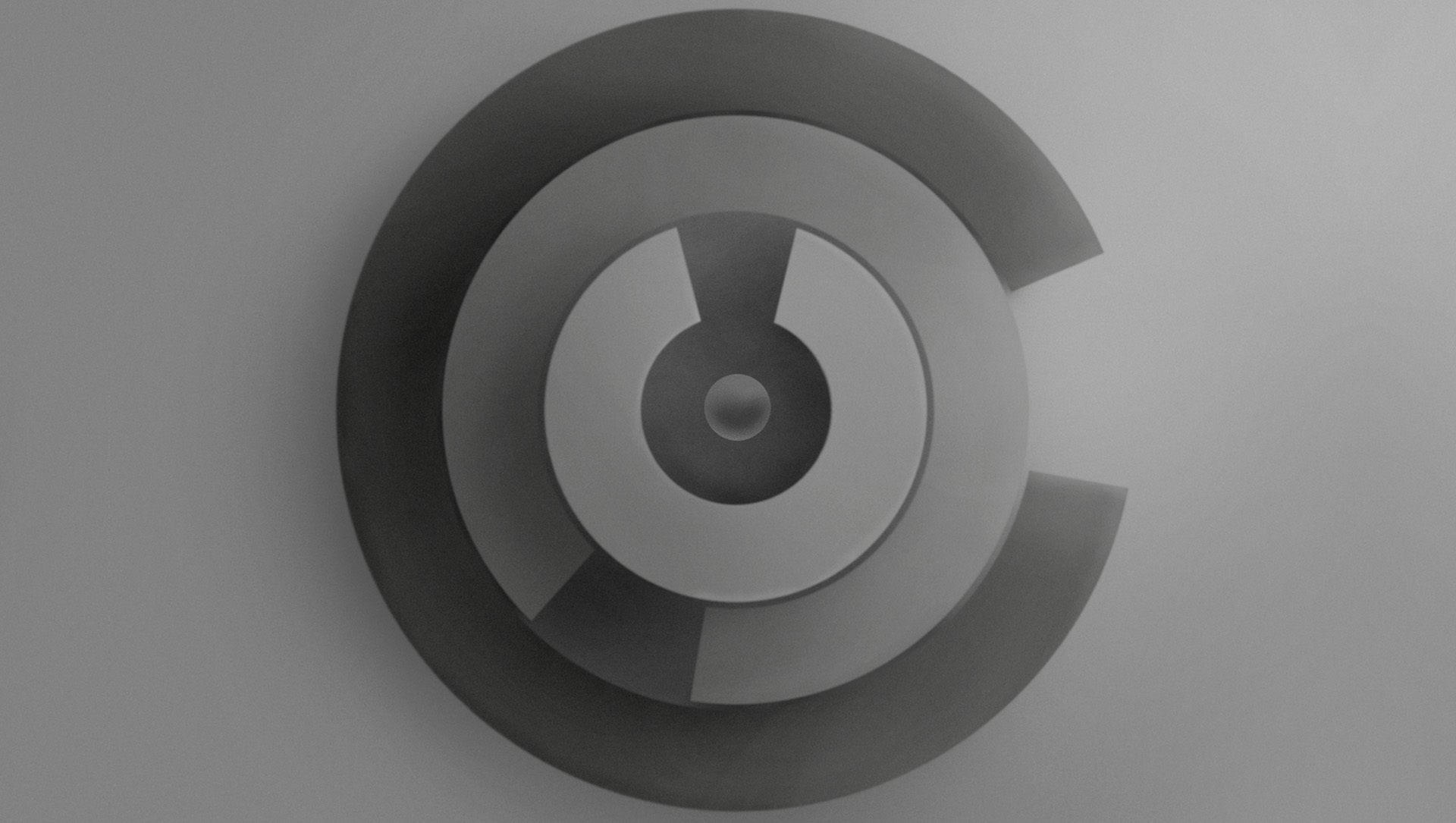
Description of the method for individual counselling based on the LiveDevice approach
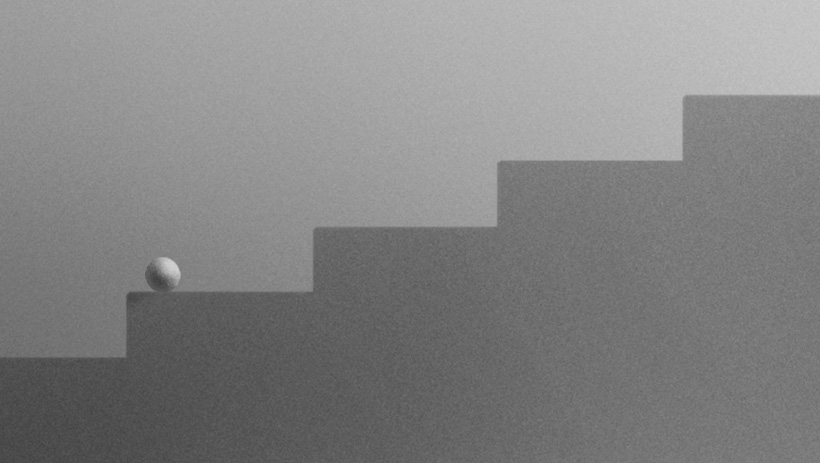
On the basis of what systemic measures, or principles, could the concepts of continuous education and lifelong personal development be built?
